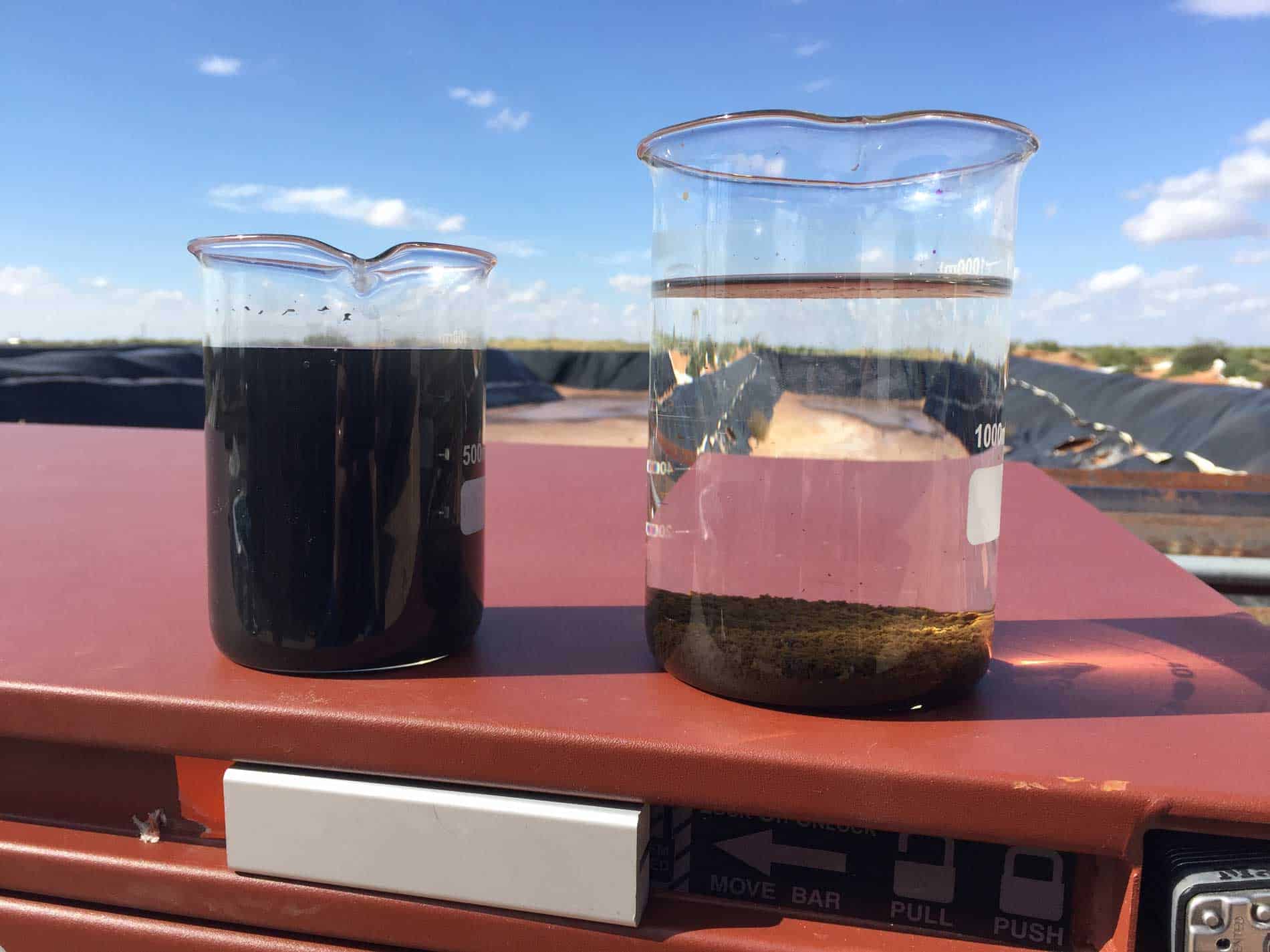IP 289 pH Determination of Produced Water Test
The determination of pH in produced water is a critical aspect in the oil and gas sector, directly impacting environmental compliance, operational efficiency, and long-term asset integrity. The International Performance (IP) 289 standard provides a robust framework for this testing procedure, ensuring accurate and reliable results.
Produced water is a byproduct of oil and gas extraction processes, containing various dissolved salts, chemicals, and hydrocarbons. Monitoring the pH levels in produced water helps to identify any changes that could indicate issues within the production process or potential environmental impacts. This test ensures compliance with stringent regulations set forth by bodies like the Environmental Protection Agency (EPA) and international standards such as ISO 14001 for environmental management systems.
The IP 289 protocol specifies a calibrated pH meter or potentiometric titrator for measuring the pH of produced water samples. Proper sample preparation is crucial, involving filtration to remove particulates that could interfere with the measurement process. The sample should be at room temperature and representative of the overall produced water stream.
Once prepared, the sample is transferred into a suitable container compatible with the chosen instrument. Calibration of the pH meter using standard buffer solutions ensures accurate readings. A single-point calibration method is often sufficient for routine testing. For more precise measurements, a two-point calibration approach can be employed.
The actual measurement involves immersing the electrode in the sample and allowing it to equilibrate. The instrument displays the pH value after several seconds. Replicate measurements are advisable to ensure consistency and accuracy of results. Any deviations from expected values may indicate problems such as chemical additions, microbial activity, or equipment malfunctions.
IP 289 also emphasizes the importance of documentation. Detailed records should include sample identification, measurement date and time, operator name, calibration data, and any observations made during the testing process. These records are essential for traceability and future reference.
The significance of pH monitoring extends beyond compliance; it plays a vital role in optimizing production processes. For instance, alterations in pH can affect the solubility of hydrocarbons, impacting oil recovery efficiency. Additionally, maintaining an optimal pH level helps prevent corrosion in pipelines and storage tanks, extending their operational life.
Regulatory bodies like OSHA (Occupational Safety and Health Administration) also stress the importance of accurate pH monitoring to ensure worker safety by minimizing exposure to harmful substances. This testing procedure is thus not just a compliance requirement but a proactive measure for sustainable operations in the oil and gas industry.
Eurolab Advantages
At Eurolab, we offer unparalleled expertise in IP 289 pH determination of produced water tests. Our team comprises certified technicians with extensive experience in environmental analysis and oilfield chemistry.
We provide comprehensive support for all your testing needs, ensuring that results are accurate, reliable, and compliant with international standards. Our state-of-the-art facilities equipped with advanced instrumentation guarantee precise measurements, while our robust quality control processes ensure consistent outcomes.
Our services extend beyond mere testing; we also offer technical advice and recommendations based on test results. This proactive approach allows you to make informed decisions that can positively impact your operations and the environment.
We understand the importance of timely results, which is why our turnaround times are unmatched in the industry. Our commitment to excellence ensures that you receive your reports promptly, enabling swift action when necessary.
Why Choose This Test
The IP 289 pH determination of produced water test is essential for several reasons:
- Regulatory Compliance: Ensures adherence to environmental regulations, helping you avoid legal penalties.
- Environmental Protection: By maintaining optimal pH levels, you help protect local ecosystems and water bodies from harmful impacts.
- Operational Efficiency: Identifying issues early can prevent costly downtime and improve overall process efficiency.
- Asset Protection: Preventing corrosion extends the life of your equipment, reducing maintenance costs.
- Sustainability: This test aids in sustainable practices by optimizing resource use and minimizing waste.
- Data-Driven Decisions: Accurate pH data supports informed decision-making for process optimization.
- Worker Safety: Ensures a safe working environment by minimizing exposure to harmful substances.
Competitive Advantage and Market Impact
Implementing the IP 289 pH determination of produced water test can provide significant competitive advantages:
Regulatory Leadership: Demonstrating compliance with stringent environmental standards positions your company as a leader in sustainability.
Credibility and Reputation: Consistently meeting high-quality standards enhances your reputation among clients, stakeholders, and industry peers.
Innovation and Efficiency: By identifying inefficiencies early on, you can innovate processes and enhance operational efficiency.
Economic Benefits: Reduced maintenance costs, improved asset life, and optimized production processes contribute to overall economic gains.
Social Responsibility: Your commitment to environmental stewardship fosters a positive brand image and builds customer trust.





